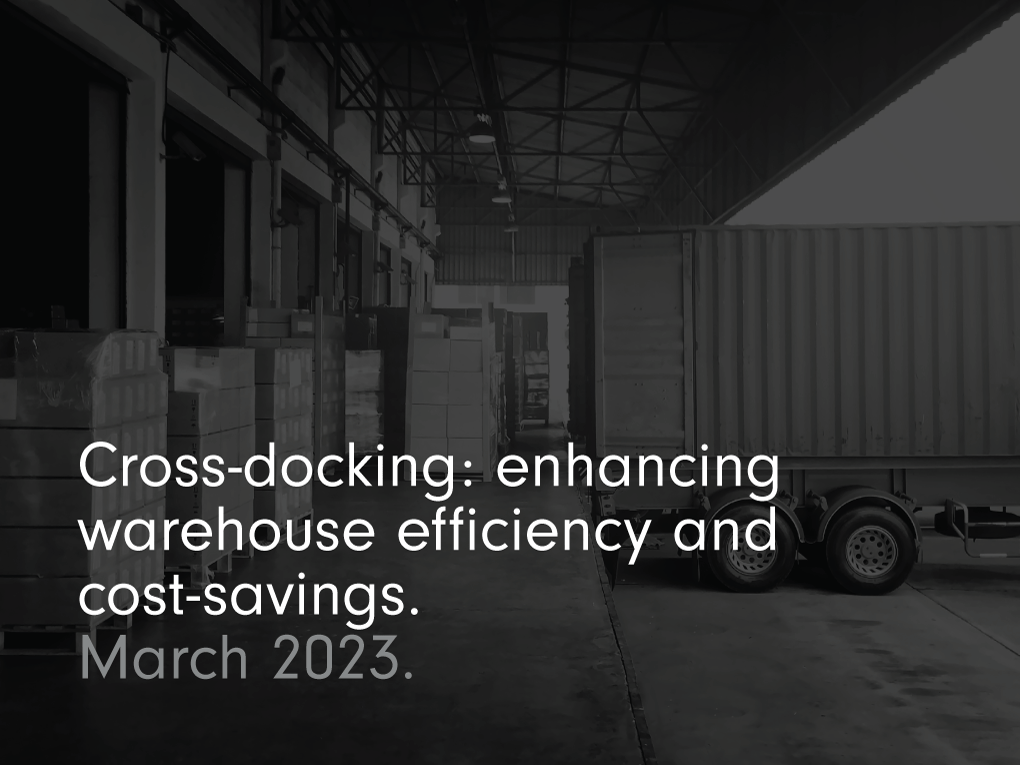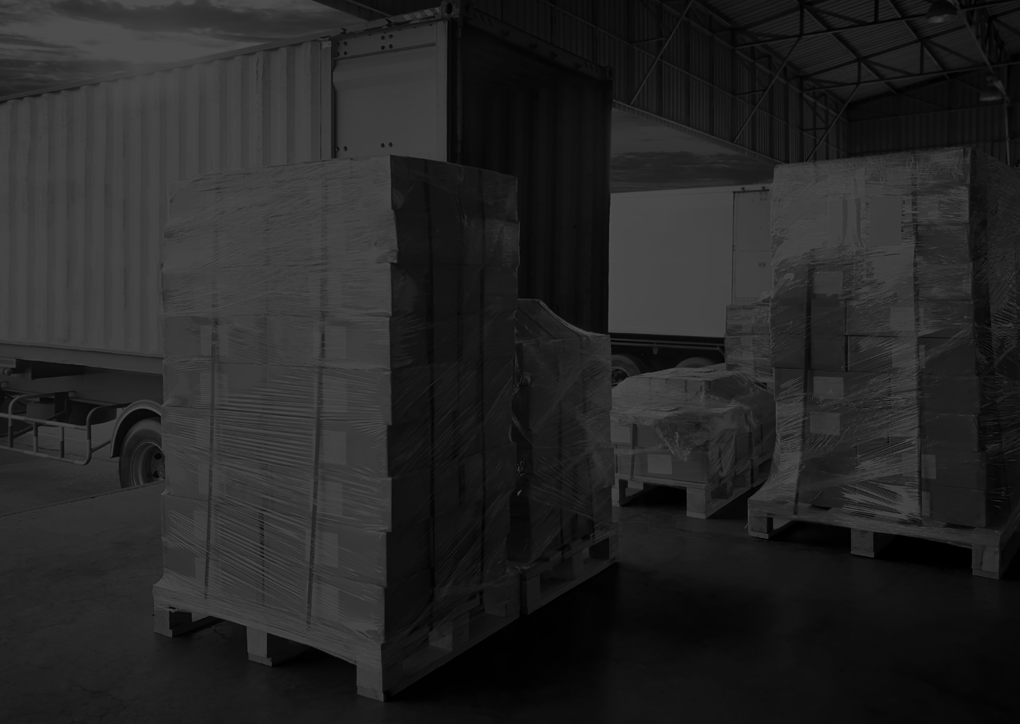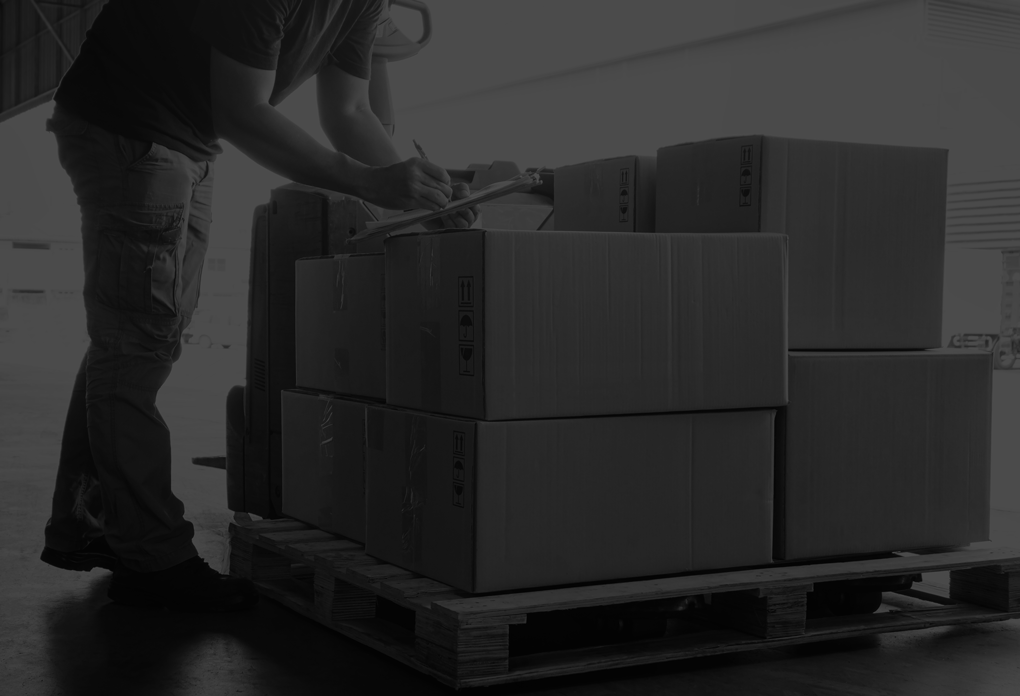Cross-docking: enhancing warehouse efficiency and cost-savings.

Cross-docking in the warehouse can bring greater efficiency, productivity and accuracy to your supply chain operations, optimising your warehousing processes and reducing your costs.
In this guide, we explore the concept of cross-docking, look at the different types, the benefits it can offer your business and how warehouse management technology can help. By understanding how cross-docking works, you can determine if it’s a suitable solution for you and whether it might meet the unique requirements of your warehousing operation.
What is cross-docking?

Cross docking is a logistics process of receiving goods in the warehouse and then shipping them without ever placing them into storage. The goods are therefore transferred directly from the inbound dock to the outbound dock.
Inbound goods may need to be sorted and broken down into smaller orders, but they are often received from suppliers as preassigned orders. So, when they are received by the warehouse, the goods are immediately ready for onward despatch, with no need for any staff intervention in putting away or repicking the goods.
There are two main types of cross-docking: pre-distribution and post-distribution.
Pre-distribution cross-docking sorts, consolidates, and prepares products for distribution before they reach the warehouse. Suppliers send their goods to a central location, where they’re merged with other shipments to form a single delivery for each destination warehouse. This approach, by planning the final recipients before the goods leave the supplier, cuts down on shipments, reducing transportation costs and boosting efficiency.
Post-distribution crossdocking sorts and consolidates products after they arrive at the warehouse. Goods move directly from the receiving dock to the outbound dock, skipping storage. Orders from multiple suppliers are sorted, combined, and readied for separate customers. While this method might keep goods in the warehouse a bit longer, it accelerates order fulfillment and lowers inventory costs.
Both continuous cross-docking types offer benefits, but the best choice depends on your logistics needs, product types, and your overall supply chain strategy.
The benefits of cross-docking.

Cross-docking offers numerous benefits for distribution businesses, one of which is reduced costs. By bypassing the storage process, you can decrease your stock holding, freeing up capital. This is particularly advantageous in pre-distribution cross-docking, where the goods are already assigned to orders and you are not waiting for them to be purchased. Additionally, less handling results in lower labour costs and less damage to your goods.
Another benefit of cross-docking is better space utilisation. You may require less space in your warehouse or you might optimise your existing space more efficiently because goods are quickly moved in and out without needing storage.
Efficiency and productivity are also enhanced. With less time spent on putaway and picking, the process becomes less labour-intensive, making your operatives more productive. As goods come in and go out of the warehouse much more swiftly, delivery times are reduced too and getting orders to your customers sooner improves customer satisfaction.
Cross-docking also promotes better accuracy in order fulfilment. Since there is less manual handling of goods, the risk of human error is minimised, resulting in more accurate processing and higher levels of customer satisfaction.
Maintaining product integrity is another crucial advantage of cross-docking, particularly in industries like food and drink or pharmaceuticals. For perishable or temperature-controlled items, cross-docking enables the rapid movement of goods in and out of the warehouse, preserving freshness and ensuring consistent temperature control.
Distributors of other, high-demand products can also benefit from cross-docking. Consumer staples such as household goods, cleaning products, toiletries and cosmetics are ordered frequently and in high volumes, so tend to spend less time in storage anyway. Including these products in your cross-docking strategy can reduce your storage costs. Items on sale or promotion will also need less storage time, so can benefit from being included in your cross-docking strategy.
Lastly, cross-docking contributes to improved sustainability. By minimising the number of shipments you make, you reduce fuel consumption and CO2 emissions. This not only benefits the environment but also lowers your transportation costs.
How does a WMS help the cross-docking process?

Using a Warehouse Management System (WMS) like Körber WMS can streamline and optimise your cross-docking processes. Through automation and real-time visibility into your warehouse operations, a WMS offers advantages that enhance the efficiency of cross-docking.
Your WMS enables better coordination between the inbound and outbound shipments, ensuring the seamless transfer of goods from the receiving dock to the despatch dock and negating any manual management of the process.
With real-time visibility into your stock levels, you can track inbound and outbound shipments more effectively. You can make more informed decisions on which goods should be prioritised for cross-docking, thereby minimising warehouse storage times and reducing your stock carrying costs.
With advanced sorting and consolidation functionality, a WMS can automate the process of breaking down and reassembling shipments based on their final destinations. This again reduces the time spent on manual sorting and improves your overall inventory management.
A WMS can help optimise your staffing by automatically assigning tasks to operatives in a more efficient way. This ensures that your warehouse employees are used effectively during the cross-docking process, increasing their productivity and reducing your labour costs.
Leveraging the capabilities of a WMS can unlock the full potential of your cross-docking operations and elevate your entire supply chain management.
Call us on 020 8819 9071 or get in touch for more information on how the cross-docking functionality of Körber WMS can elevate your warehouse operations, automating and streamlining your processes and delivering additional efficiency and accuracy.